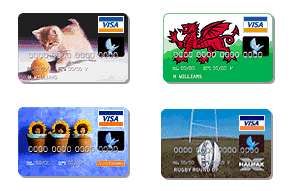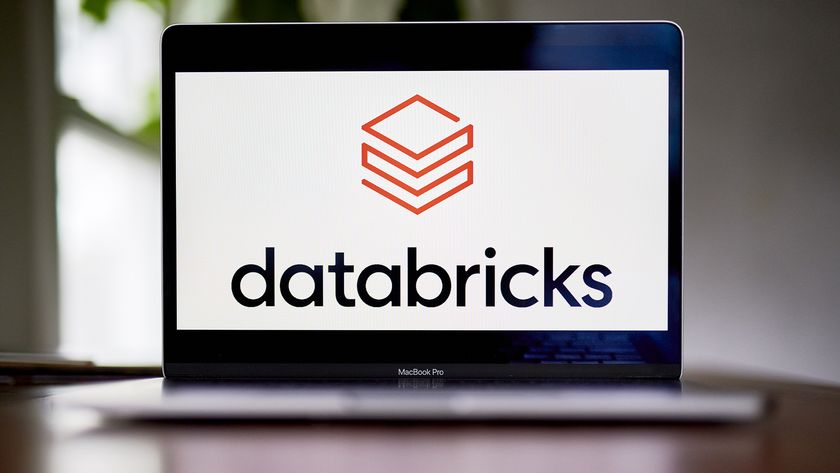Chip-and-Pin cards can be hacked
New research finds that Chip-and-Pin cards can be compromised to commit credit card fraud.

Chip-and-Pin may not be as secure as banks and building societies would have us believe, according to new research by scientists at Cambridge University.
Saar Drimer and Stephen Murdoch, researchers at the University of Cambridge Computer Laboratory's Security Group, found that it was possible to tamper with a Chip-and-Pin terminal, found in most shops and businesses, and transmit the card's details to a criminal's accomplice in order to make a fraudulent purchase elsewhere.
As reported on IT PRO last month, the same researchers demonstrated that these terminals could be compromised by re-configuring a machine to play Tetris.
Chip-and-Pin was introduced last year and was touted as a safer way to make credit card transactions. But critics of the scheme have said that all the technology does is shift the responsibilities for the security of the card away from the banks and onto consumers.
The researchers outline a scenario where such an attack could take place.
"You go for lunch in a small restaurant in London, and pay using your Chip-and-Pin card at the end of the meal. What you don't know is that the waiter at the restaurant is corrupt," said the researchers on their website. "You ask for the bill, and the waiter goes off to fetch a handheld Chip-and-Pin machine that he brings over to you."
They said that elsewhere, in a jeweller's shop, an accomplice waits for a signal from the waiter.
Get the ITPro. daily newsletter
Sign up today and you will receive a free copy of our Focus Report 2025 - the leading guidance on AI, cybersecurity and other IT challenges as per 700+ senior executives
"The waiter signals to his accomplice using his mobile phone, and the accomplice goes up to make the purchase. Just as you insert your card into the waiter's point-of-sale terminal, the accomplice puts a fake card into the jeweller's terminal," said Drimer and Murdoch.
They said the waiter's sabotaged reader forwards all the traffic from your card wirelessly to the card in the reader at the jewellers, and makes up anything it likes to display on its own screen.
"You enter the Pin, and as you do so, you think you are paying for lunch, but in fact, you're buying a diamond! The accomplice leaves with the diamond, and you don't realise until it's far too late!" they said.
But a spokeswoman from the UK payments association Apacs told the BBC this type of fraud would be difficult to commit as an in-store accomplice would need to work at the same time as their partner-in-crime in another shop.
"I think we should be more concerned about other types of fraud - there is no evidence that this is about to happen," said Sandra Quinn of Apacs. "It is on the list of potential threats."
Rene Millman is a freelance writer and broadcaster who covers cybersecurity, AI, IoT, and the cloud. He also works as a contributing analyst at GigaOm and has previously worked as an analyst for Gartner covering the infrastructure market. He has made numerous television appearances to give his views and expertise on technology trends and companies that affect and shape our lives. You can follow Rene Millman on Twitter.















